The Southern Forest Planning and Investigation Sub-Institute and the Institute of Ecology and Biological Resources have recorded that Phu Quoc forest has more than 1,397 plant species and 490 animal species. This place is also recognized by UNESCO as a world biosphere reserve. Despite its diverse ecosystem spread over a large area, the strong socio -economic development in recent years has had a significant impact on forest management and protection in Phu Quoc.
Diverse forest ecosystems
According to the Southern Forest Planning and Investigation Institute and the Institute of Ecology and Biological Resources, Phu Quoc Island's flora is distributed in three ecosystems with different terrains and soils: Tropical humid broadleaf forest ecosystem, flooded acid sulfate forest ecosystem and mangrove forest ecosystem. At the same time, the forest in Phu Quoc National Park is currently divided into three sub-zones, including: Strict protection, ecological restoration and administrative-service sub-zone. Of which, the strict protection sub-zone in Hon Chao mountain area is the most intactly preserved area today, with the highest level of protection on the entire island. All entry and exit activities are almost completely prohibited, even scientific research activities must be approved by the competent authority. This area has a diverse ecosystem with hundreds of endangered, precious and rare species of animals and plants such as: Indochinese silvered langur, giant loris, and slipper orchid.
Forest rangers regularly plan patrol routes on foot, by motorbike, by boat, etc., to suit the terrain of each ecosystem. Patrol frequency is increased during the rainy season, posing a risk of illegal entry, hunting of wildlife, deforestation, and forest exploitation.
Captain of Rach Tram Forest Protection Management Team Le The Son said: "As soon as there are traces of rare animals or unusual phenomena, the patrol team always pays special attention to detect early and coordinate with units to have timely protection plans."
The Southern Forest Planning and Investigation Sub-Institute and the Institute of Ecology and Biological Resources have recorded that Phu Quoc forest has more than 1,397 species of plants and 490 species of animals. This place is also recognized by UNESCO as a world biosphere reserve.
Along with that, the Center for Ecotourism and Animal Rescue has also coordinated to investigate and record the distribution of some rare species listed in the Vietnam Red Book such as small-clawed otters and smooth-coated otters living naturally in Phu Quoc forests; preserving the mangrove ecosystem of red coc tree - a rare tree species on the brink of extinction. Rescuers in Phu Quoc forest have also recently received, handed over to the conservation facility to raise and release back into the natural environment 45 turtles, snakes, and clouded monitor lizards handed over by local people. This unit is also strengthening research on projects to conserve gene sources of endangered, precious, and rare species; cataloguing the composition of threatened animal species, contributing to protecting the diverse ecosystem of the forest.
Protecting and restoring natural forests in conjunction with biodiversity conservation is a key task to respond to climate change and realize the Net-Zero goal by 2050. However, economic development has often conflicted with conservation, leading to a reduction in forest area, affecting biodiversity, and some species have had their habitats narrowed and are at risk of extinction.
With the forest area spanning tens of thousands of hectares, many traffic routes, residential areas and individual households living interspersed in the forest, this is a big challenge for forest conservation and development. According to Decree No. 01/2019/ND-CP, the forest rangers have been transformed into a specialized forest protection force, making this force on Phu Quoc Island increasingly thin. At the same time, because they are no longer forest rangers, the policies have also changed, salaries and bonuses are lower than before, and it is easy to encounter resistance from violators, leading to an increase in the number of employees resigning.
According to Captain of the Bai Dai Forest Protection Management Team, Tran Thanh Van, the team has only two to three people left, and has to manage a large area, rugged forests and mountains, with many trails and openings, so it is very difficult to control violations. On the other hand, during the dry season, the entire team has to be on duty every day to prevent fires at the camp in the forest, so there is almost no time to visit their families.
Finding directions for sustainable forest conservation and development
In reality, issues of remuneration and authority to perform public duties are becoming bottlenecks in the work of protecting forest ecosystems. Head of the Forest Management, Protection and Development Department Pham Viet Giap said: “Previously, there was a Forest Ranger Department within the National Park and the Director of the Park was the Head of the Department, so when violations were discovered, they would be promptly handled. But since the dissolution of the Forest Ranger Departments and the transformation into specialized forest protection forces, we have had to report to the Forest Ranger Department and local authorities, which takes a lot of time and the speed of handling is not within our authority. The Park only has the function of reminding, so the deterrent effect on preventing violations is not high.”
Of the 25 violations transferred to the People's Committees of communes and wards, only three have been administratively sanctioned, with a fine of VND218 million, but only VND4 million has been paid. Some violations cannot be handled because the subjects have left the area or are too poor to remedy the consequences. This reality shows that in forest protection work, the specialized forces are still in a state of "following behind" the violations.
Forest protection and the protection of diverse forest ecosystems are also facing obstacles due to some regulations. For example, the implementation of building a camp with a water well to prevent forest fires in the dry season takes many months to complete the paperwork and by the time it is completed, it is also the rainy season. This reality causes the constructions and development projects in Phu Quoc to be small-scale, not meeting the requirements for long-term forestry development.
According to Director of Phu Quoc National Park Nguyen Van Tiep, to ensure socio-economic development, conservation and diverse development of forest ecosystems, the fundamental issue is to do a good job of social management; have mechanisms and policies to attract resources and human resources from other places to develop Phu Quoc, but it is necessary to strictly manage elements that cause social disorder, deforestation, and hunting of wild animals.
The peculiarity of Phu Quoc is that there are no forest gates, overlapping areas, interspersed with residential areas stretching from the forest road to the outskirts, so in order for conservation work to be effective and sustainable, it is necessary to support and create livelihoods for people living along the forest to stabilize their lives. Avoid repeating the situation of land acquisition and resettlement but not creating livelihoods, when the compensation money runs out, people return to encroach on the forest, at the same time, it is necessary to increase propaganda so that cadres, civil servants and people clearly understand the importance of forest protection and protection of forest ecosystem diversity.
From 2024 to present, the forest protection management force (Phu Quoc National Park) organized 6,281 patrols, detected, prevented and reported 79 violations to the authorities, of which 54 cases were transferred to the Phu Quoc City Forest Protection Department, fined more than 225 million VND, and criminally prosecuted and transferred two cases to the police for investigation.
Source: https://nhandan.vn/bao-ton-he-sinh-thai-rung-o-phu-quoc-post877077.html



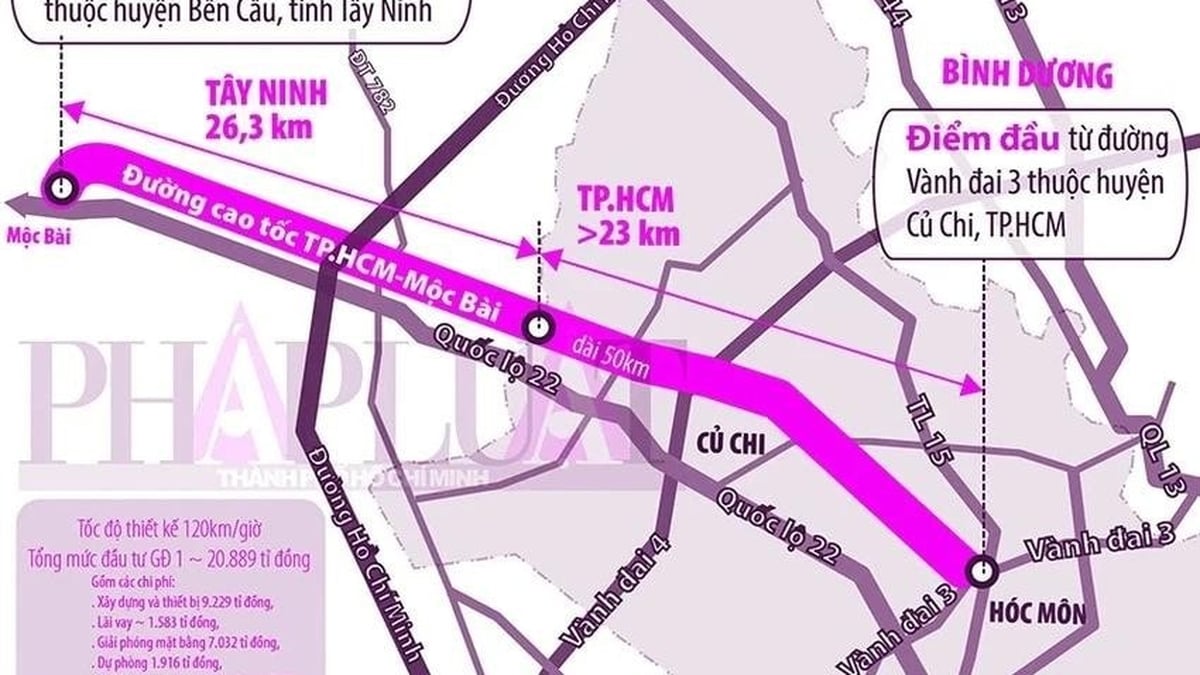

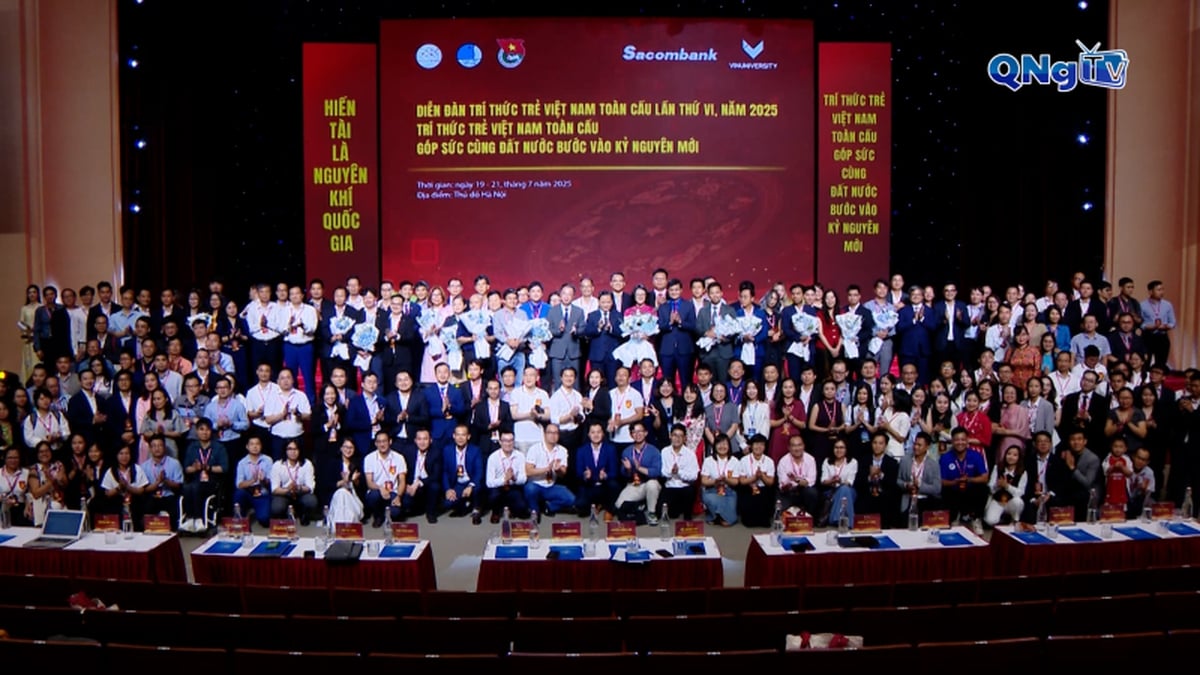


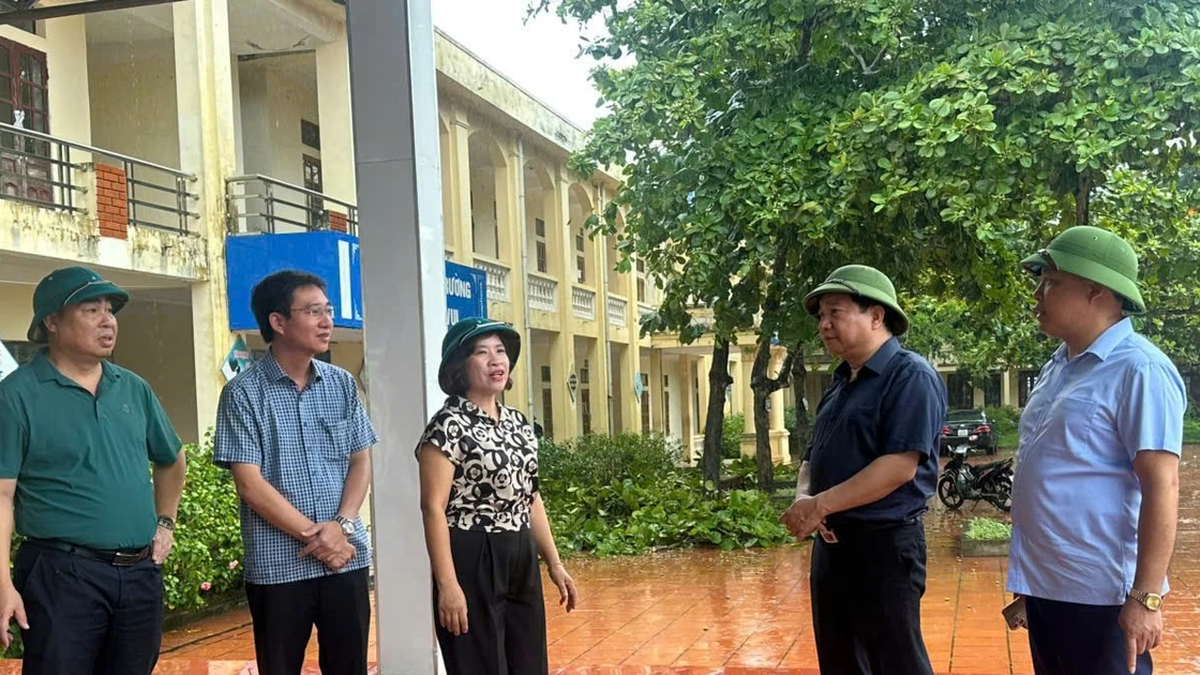
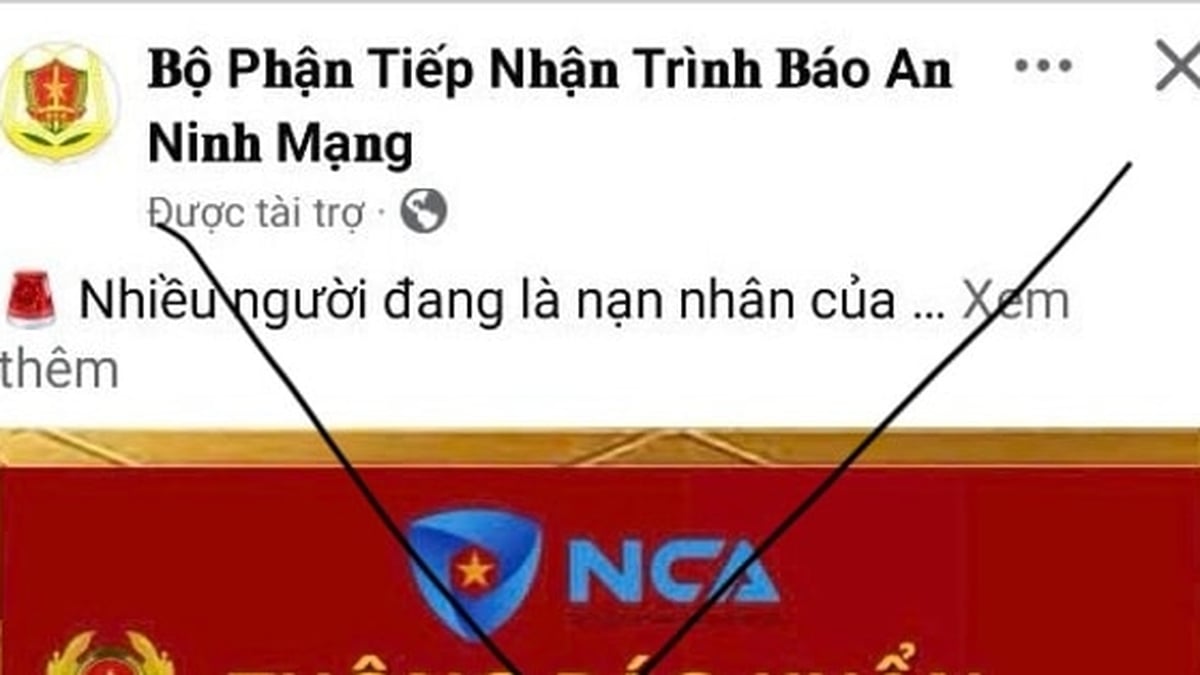
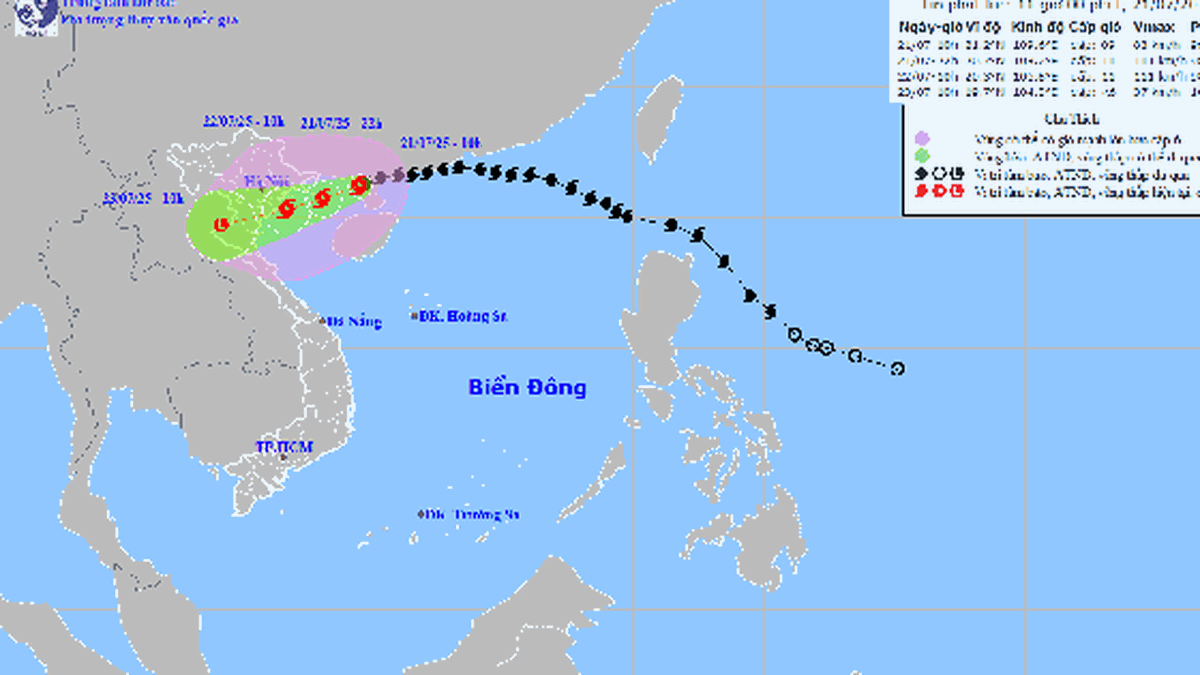



















![[Photo] National Assembly Chairman Tran Thanh Man visits Vietnamese Heroic Mother Ta Thi Tran](https://vphoto.vietnam.vn/thumb/1200x675/vietnam/resource/IMAGE/2025/7/20/765c0bd057dd44ad83ab89fe0255b783)

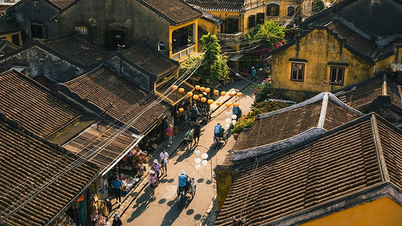


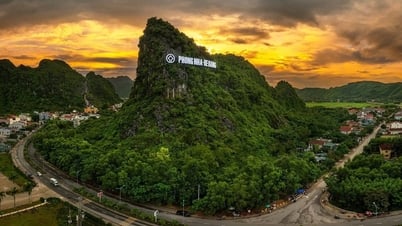

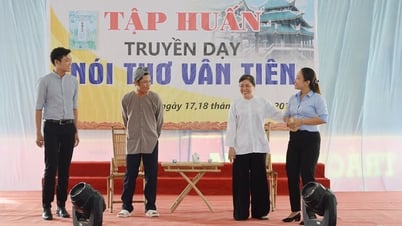


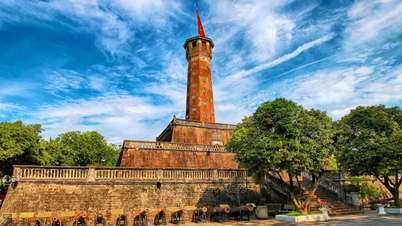




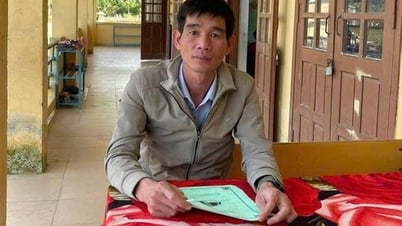






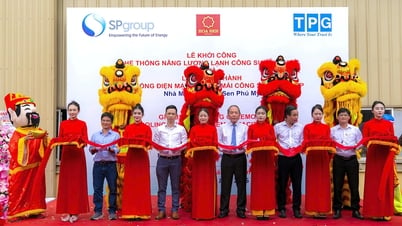



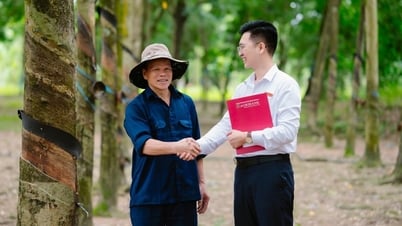






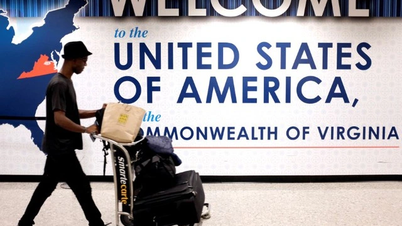
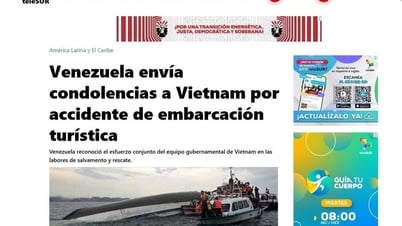






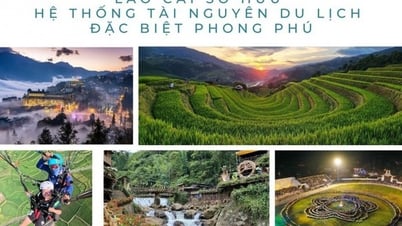


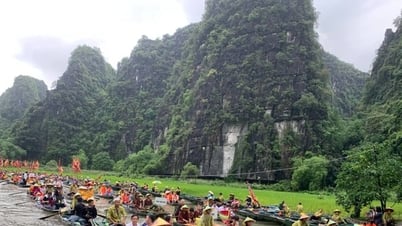
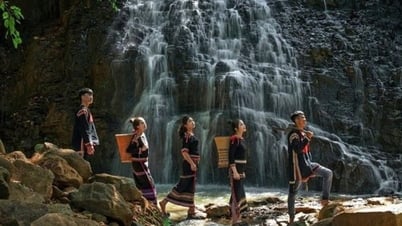



















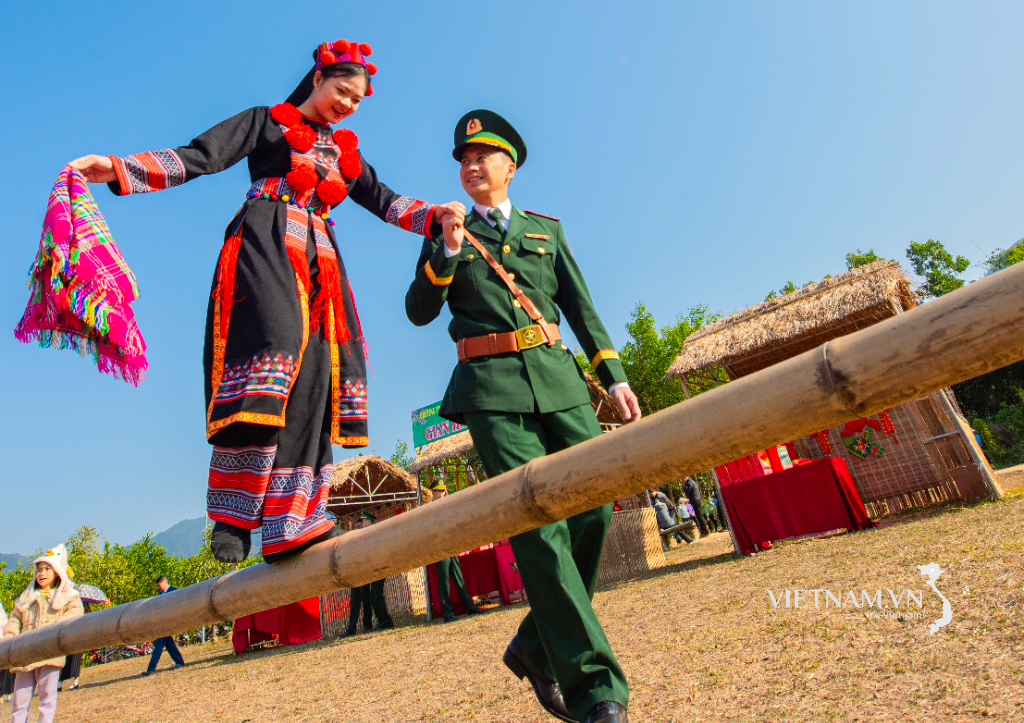
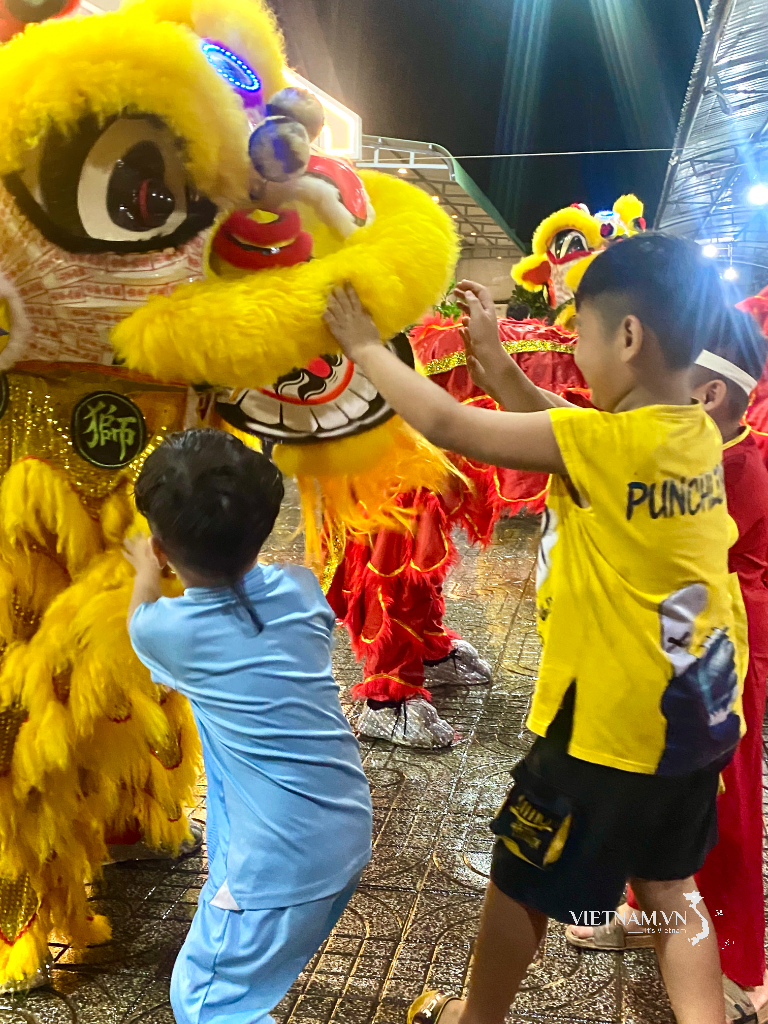

Comment (0)